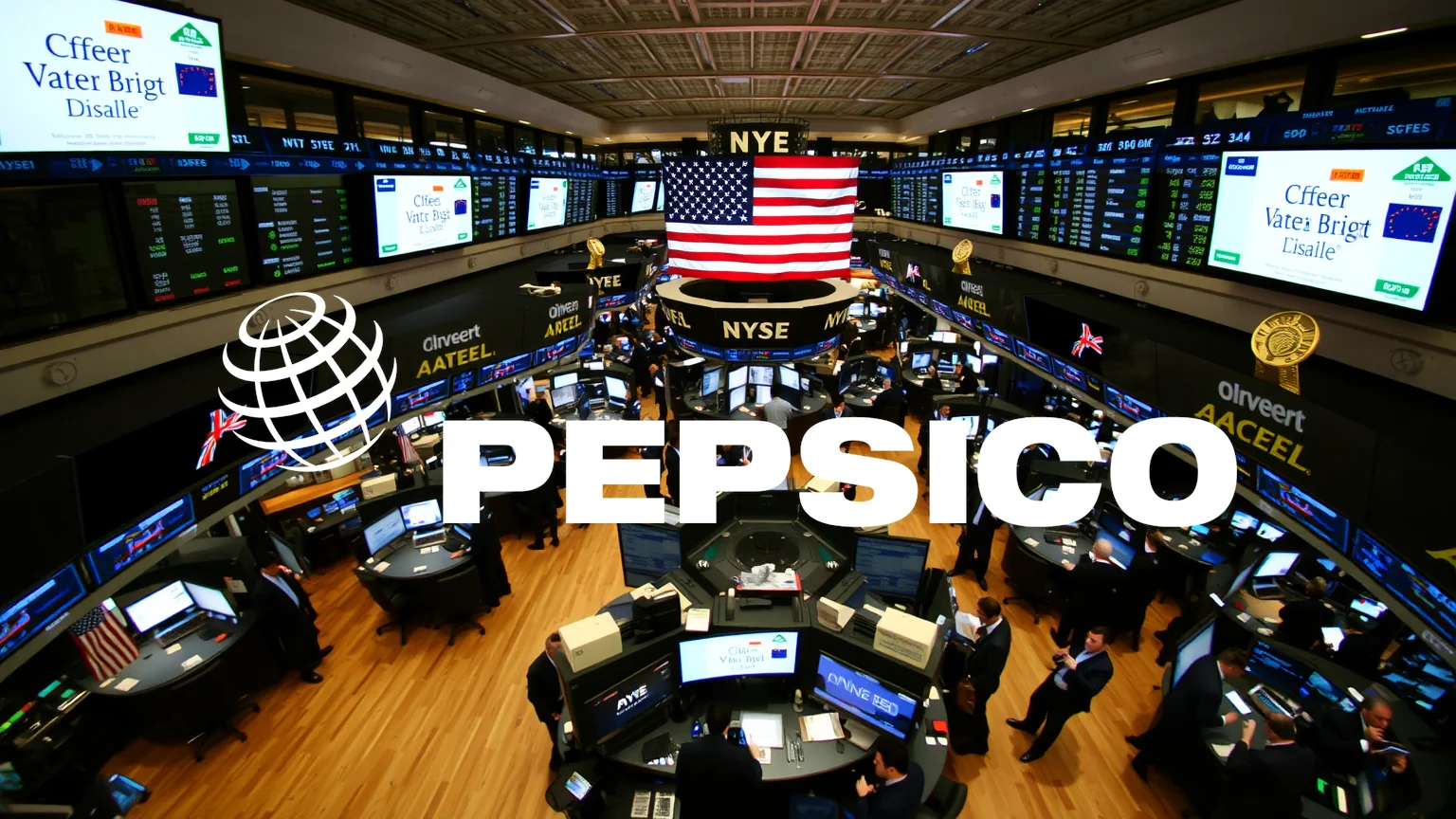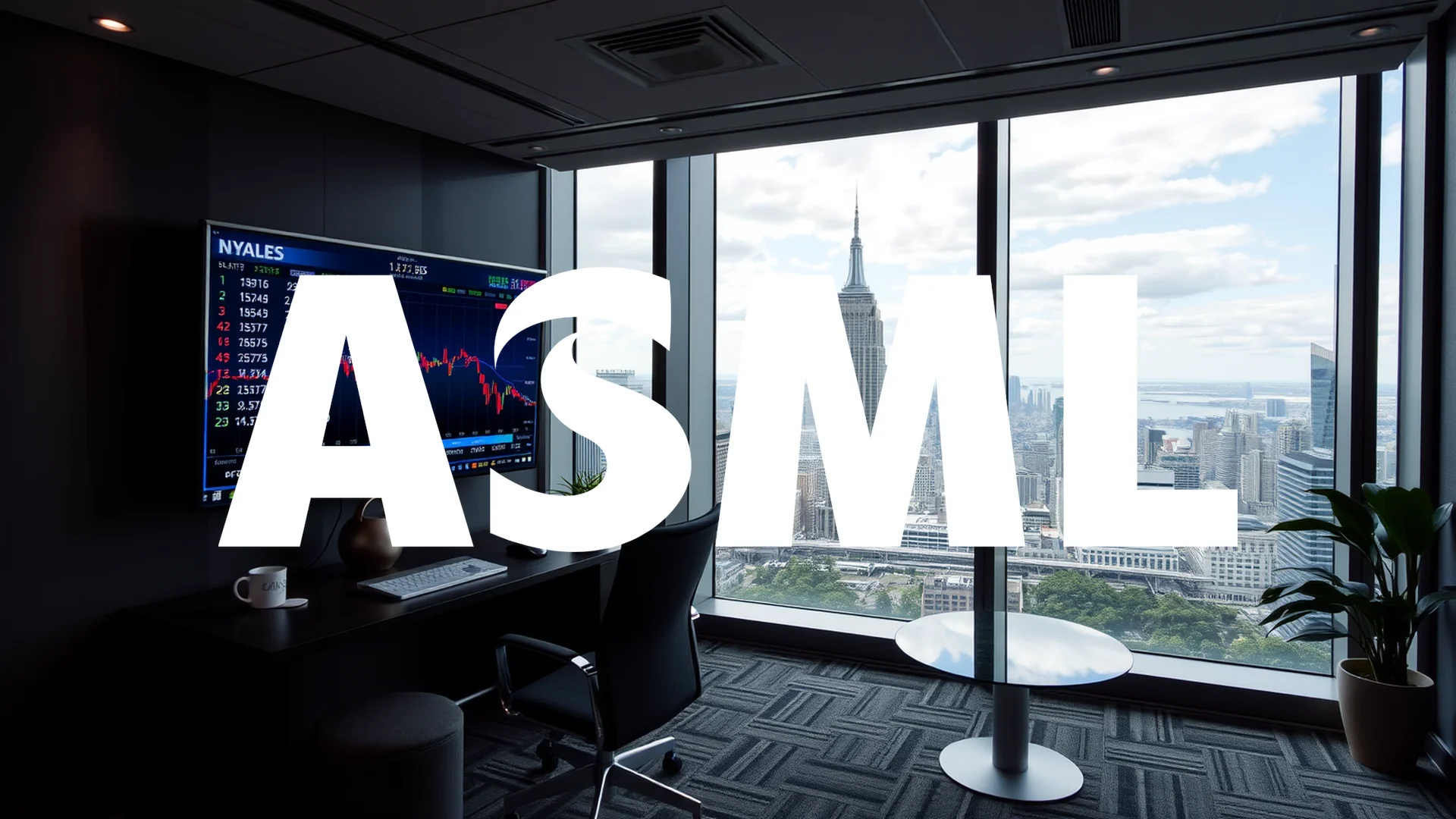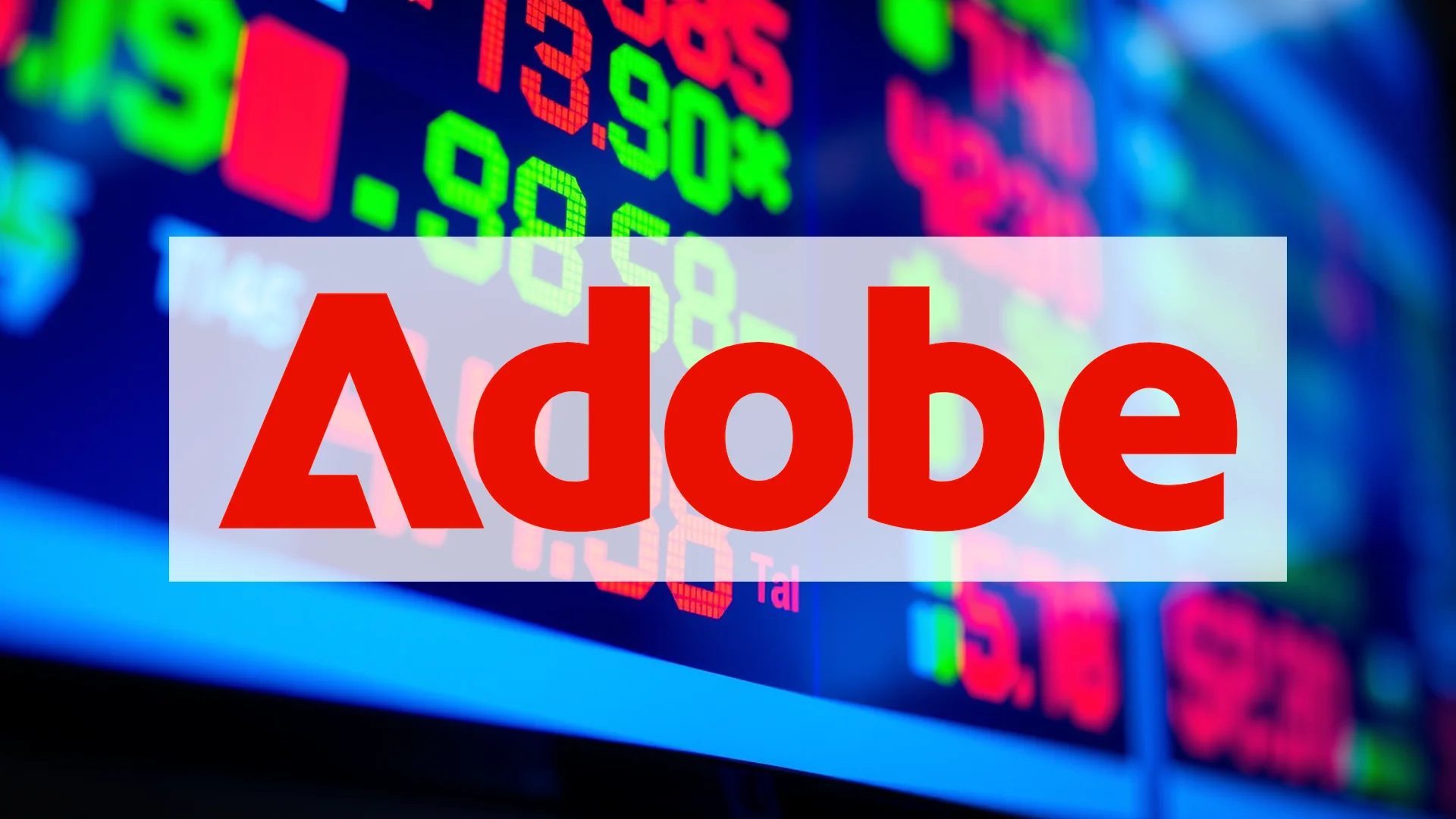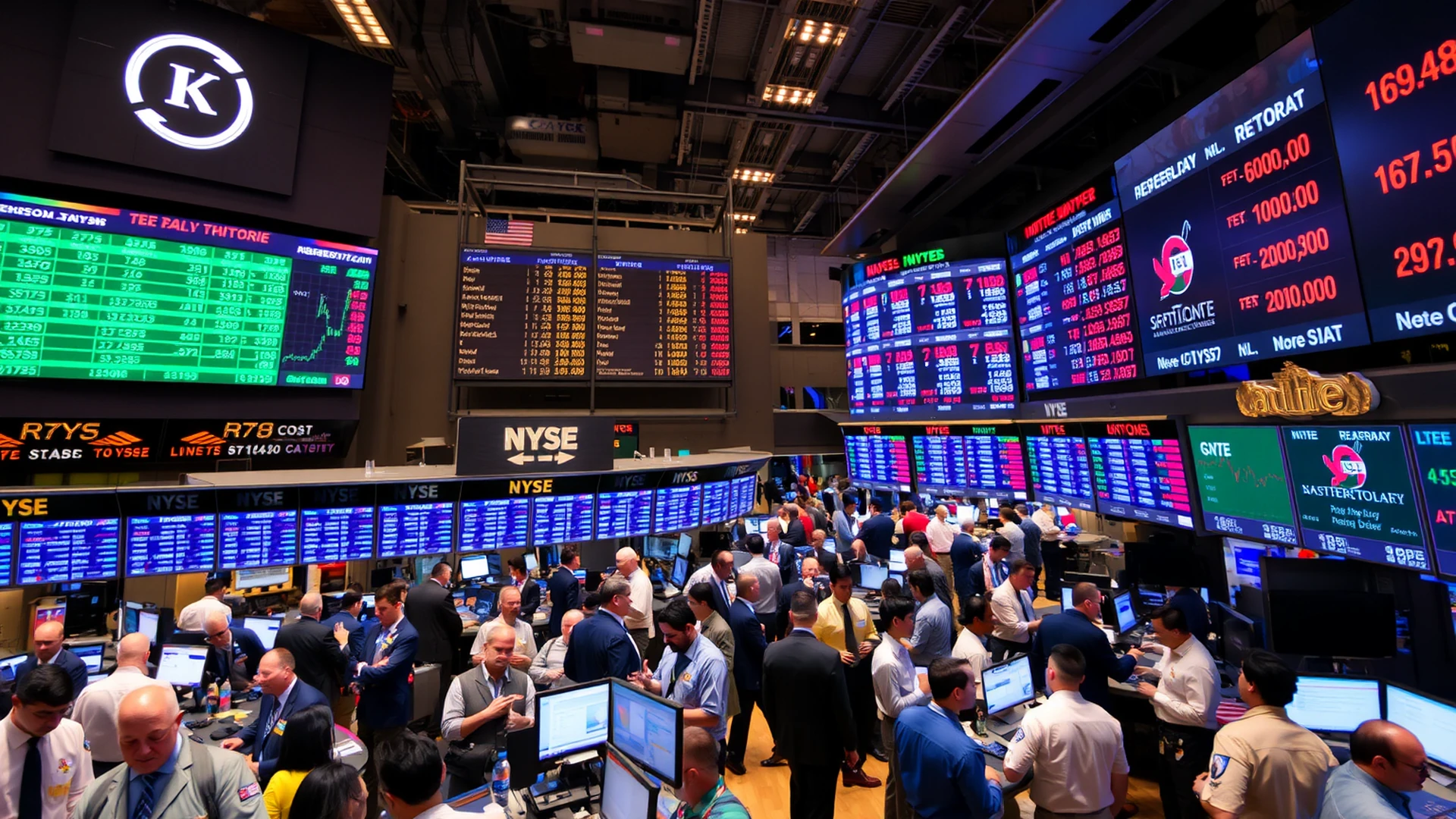For an extended period, PepsiCo appeared to have perfected a straightforward formula for success: raise prices, watch profits climb, and keep shareholders content. However, this approach is now revealing significant cracks. The food and beverage titan recently surpassed subdued earnings expectations, yet a deeper look at the figures reveals a troubling seven consecutive quarters of declining sales volumes. This persistent shrinkage is causing investors to question whether the company can navigate its way out of this challenging position.
A Superficial Beat Masks Underlying Weakness
On the surface, PepsiCo’s second-quarter results showed strength. The company reported earnings per share of $2.12 and revenue of $22.73 billion, exceeding Wall Street’s modest forecasts. Nonetheless, the markets largely dismissed this headline beat. The core issue is a dramatic contraction in the actual volume of goods sold, indicating that growth is being fueled solely by higher prices, not increased consumer demand.
Globally, quantitative food sales decreased by one percent, while beverage volumes showed complete stagnation. The most concerning data emerged from the critical North American market, where both food and drink volumes turned negative. In a telling response, management issued a sobering outlook, projecting only flat earnings per share growth and a low single-digit revenue increase for the coming period.
A Tale of Two Divisions: Beverages Rise, Snacks Fall
A stark divergence in performance is emerging within PepsiCo’s portfolio. Its North American beverage unit, PBNA, is performing exceptionally well, achieving high single-digit growth and capturing additional market share in key categories like sugar-free sodas and sports drinks.
Should investors sell immediately? Or is it worth buying Pepsi?
In sharp contrast, the traditionally dependable Frito-Lay North America snack division is facing substantial headwinds. This once-reliable engine of growth is now grappling with serious volume declines. For investors, the central concern is whether the remarkable strength in beverages can sufficiently offset the persistent struggles within the snack business.
The Limits of Price Hikes
The root of PepsiCo’s volume problem can be traced to its aggressive pricing strategy. Since 2020, the corporation has implemented cumulative price increases of 41 percent. While this tactic successfully drove profits for years, its effectiveness has now diminished. Faced with economic uncertainty, consumers are increasingly turning to more affordable alternatives. The company appears to have reached the ceiling of its pricing power, and the strategy is backfiring through eroding sales volumes.
Analyst Sentiment and Market Performance Reflect Doubt
The mixed reaction from Wall Street analysts underscores the prevailing uncertainty. Some maintain “Buy” recommendations, but others have downgraded the stock to “Neutral.” More pessimistic market experts have issued “Strong Sell” ratings, criticizing the stock’s perceived overvaluation in the absence of a credible growth strategy that extends beyond further price increases.
From a technical perspective, the outlook remains weak. Despite a recent price recovery, key indicators continue to suggest an underlying bearish trend. This technical weakness is underscored by PepsiCo’s negative returns over the past three years, a period during which the S&P 500 index posted significant gains.
Ad
Pepsi Stock: Buy or Sell?! New Pepsi Analysis from November 25 delivers the answer:
The latest Pepsi figures speak for themselves: Urgent action needed for Pepsi investors. Is it worth buying or should you sell? Find out what to do now in the current free analysis from November 25.
Pepsi: Buy or sell? Read more here...












